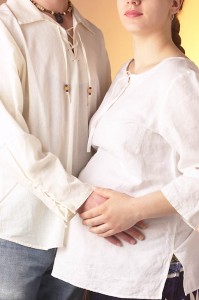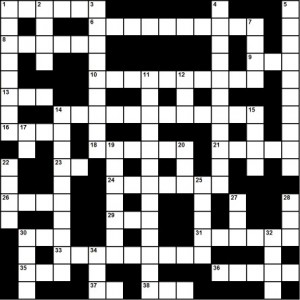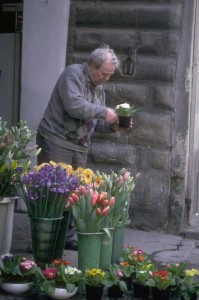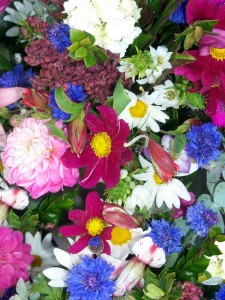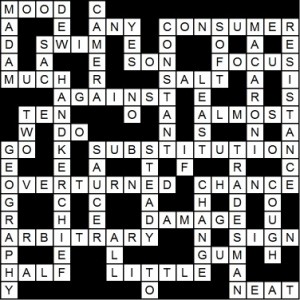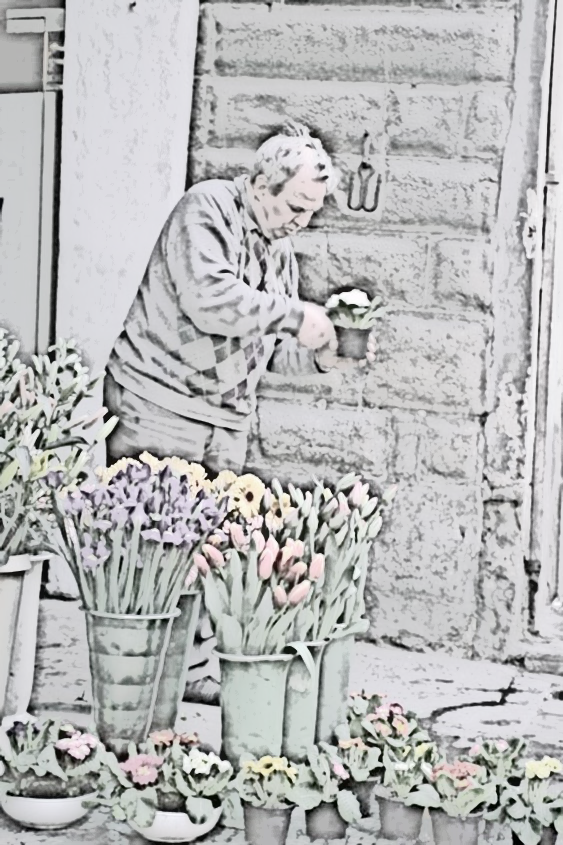Last time we looked at possessive adjectives, which MUST have a noun following them:
(possessive adjective) + N: my, your, his, her, its, our, their
my alarm
your keys
his book
her father
its tail
our children
your hats
their pictures
Now, let’s look at possessive pronouns, which do NOT have a noun following them:
| First person | Second person | Third person | |
| Singular | mine | yours | his, hers |
| Plural | ours | yours | theirs |
Pattern: (possessive pronoun) + (nothing)
Examples:
Where did you get your book? I bought mine from the local bookstore. (= I bought my book)
I found a pen – is it yours? (= is it your pen)
Mary is done with her project, but Jack didn’t finish his. (= Jack didn’t finish his project)
Mother told me that the sweater on the sofa is hers. (= the sweater is her sweater)
Did you see the Wilsons got a new tent? It looks just like ours. (= it looks just like our tent)
John and Susan said that the dog barking last night wasn’t theirs. (= the dog wasn’t their dog)
Note: The possessive pronouns are used when showing possession with the preposition “of.”
Examples:
A friend of mine gave me that book. (not friend of me)
That dog of hers is nothing but a troublemaker. (not dog of her)
The Wilsons went out for dinner with some friends of theirs. (not friends of them)
A neighbor of ours recently got a new car. (not neighbor of us)
To ask about possession, use “whose”:
Examples:
Whose cell phone is this? It’s mine.
or (if it’s clear what item is meant)
Whose is this? It’s mine.
Whose glasses are these? / Whose are these? They’re Jack’s.
Exercises. Complete the following sentences, using one of the possessive pronouns: mine, ours, yours, his, hers, theirs.
Example:
These are my shoes. They’re _______. ==> These are my shoes. They’re mine.
1. This is my sandwich. It’s _______.
2. That is our dog. It’s _______.
3. This is your sweater. It’s _______.
4. These are his books. They’re _______.
5. That is their car. It’s _______.
6. These are her sunglasses. They’re _______.
7. That is their house. It’s _______.
8. This is our new sofa. It’s _______.
9. That’s my laptop. It’s _______.
10. This is your pen. It’s _______.
11. That is his cell phone. It’s _______.
12. Those are her gym shoes. They’re _______.
Exercises. Choose the right form of the possessive.
Example:
Those are not (my/mine) shoes. (My/Mine) are brown. ==> Those are not my shoes. Mine are brown.
1. I’ve met (her/hers) parents, but I don’t know (their/theirs) names.
2. At whose house do you want to have the surprise party? (Your/Yours) or (our/ours)?
3. Be sure to take (your/yours) project home. I’ve got (my/mine).
4. (My/Mine) dog is smarter than (your/yours).
5. I took the money out of (my/mine) pocket and put it in (her/hers) purse.
6. The Smiths had some old books, so we sold (their/theirs), along with (our/ours), at a garage sale.
7. Whose backpack is this? (Your/Yours) or (her/hers)?
8. The Jones send (their/theirs) children to camp every summer.
9. The teacher reminded us to bring all (our/ours) books home to study over the holidays.
10. (Your/Yours) garden is bigger than (my/mine), isn’t it?
Exercises. Complete the sentences using the phrase “friend(s) of mine / yours,” etc.
Example:
I saw an old _______ the other day. ==> I saw an old friend of mine the other day.
1. After the show, Jack and Jill went out with some _______.
2. Mother had lunch with a high school _______.
3. If you gossip about my brother, you’re no _______!
4. When we went out for a walk, we ran into a _______.
5. Once a month, my uncle goes fishing with a _______.
6. I was just writing a letter to a _______.
7. Grandmother and Grandfather went on a cruise with some _______.
8. My sister got into a fight with a _______, and now they’re not talking.
9. Aunt Molly got the recipe from a _______.
10. We asked a _______ to take care of our dog while we were on vacation.

